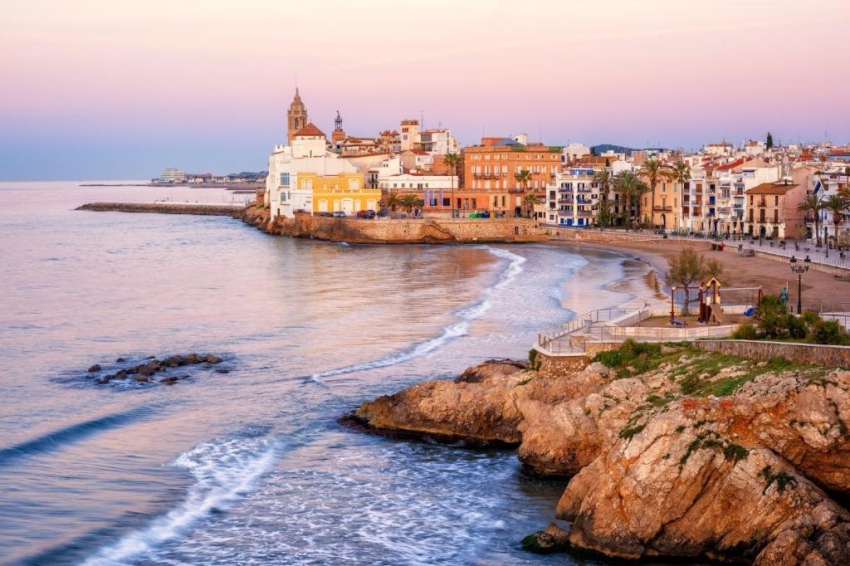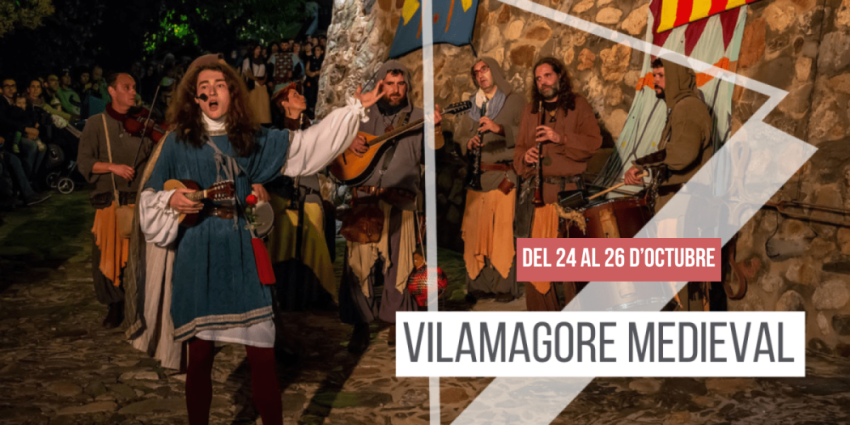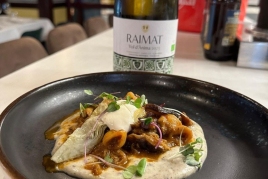Discover the most emblematic Indian houses of Garraf

The term Indiano was used as a colloquial name for that Spanish immigrant to America who returned rich. This name spread for a long time, whether with positive or pejorative connotations. Indians who became leaders in the era of caciquismo and who, in addition, greatly influenced the construction in many places in Spain. If you want to see colonial-type constructions, one must apply for a Cuba visa to be able to enjoy all the architecture of the Caribbean islands. However, if you want to enjoy Indian houses, Catalonia may be the perfect place.
The Indian wealth of the Garraf region
One of the most interesting areas to learn about Indian architecture in Catalonia is Garraf. Between Tarragona and Barcelona there were many “Americans”, as they were known in the area, who went to America to seek their fortune. Upon arrival they became the new bourgeoisie and it was time to start building their ostentatious houses. Eclectic, modernist, neoclassical houses full of charm. Most of them located very close to the sea.
Lovers of this architecture can find out about all the towns that have some Indian trace. For their part, lovers of the Caribbean island can go to visit Cuba, without forgetting, of course, to apply for a visa through pages such as Visagov.
Sitges: meeting Cuba in Garraf
Of the entire route of Indian houses through Garraf, Sitges is one of the most important points. In this corner of the Catalan coast, the history of the Indians begins in the 18th century, when Sitges had only 3,500 inhabitants, mainly farmers and fishermen. Once Charles III allowed Spain free trade with its colonies, such as Cuba, Puerto Rico and the Philippines, many people from this place embarked on the adventure of importation. At first they were the wealthiest people, but after the phylloxera plague, many more were forced to leave.
After making their fortune, they returned to Sitges building elegant and striking mansions, and this striking architecture is curiously located on what is known as Isla de Cuba street. It is right here where the majority of the houses are concentrated, all of them unique. Also mansions or modernist buildings, highlighting among others the Casa Pere Carreras or the Casa de Bartomeu Carbonell. The latter is also known as the clock house, because it is the most notable element of its façade. It is one of the most important Indian constructions in Sitges, whose author was also in charge of building the Monumental Barcelona bullring (Ignasi i Mas i Morell). The most characteristic element, in addition to its clock, is the so-called trencadís of its tower. Small pieces of colored ceramic that closely resemble Gaudí's work.
Small Havana: Vilanova i la Geltrú
While it is true that Sitges can be a good example of Indian architecture, another of the treasures of this area that we should not miss is Vilanova i la Geltrú, known as Little Havana.
The core of the heritage wealth that the Indians left here is found in its historic center. Walking through it, we can see buildings such as Can Pahissa, Foment Vilanoví or Casa Cabanyes.
We must also highlight the Plaza de la Vila, which is one of the most important squares in Catalonia and was promoted by another Indian, Josep Tomàs Ventosa, as can be seen thanks to the large sculpture that pays tribute to him.
Without a doubt, the Garraf region is a perfect place to delve into all the architectural traces they left in Catalonia.
Experiences
Path from the Bons Homes of Peguera to the Queralt Sanctuary
Penyes Altes Outdoor Services (Bellver de Cerdanya)
Camino de los Bons Homes de Gósol in Peguera - Penyes Altes…
Penyes Altes Outdoor Services (Bellver de Cerdanya)



